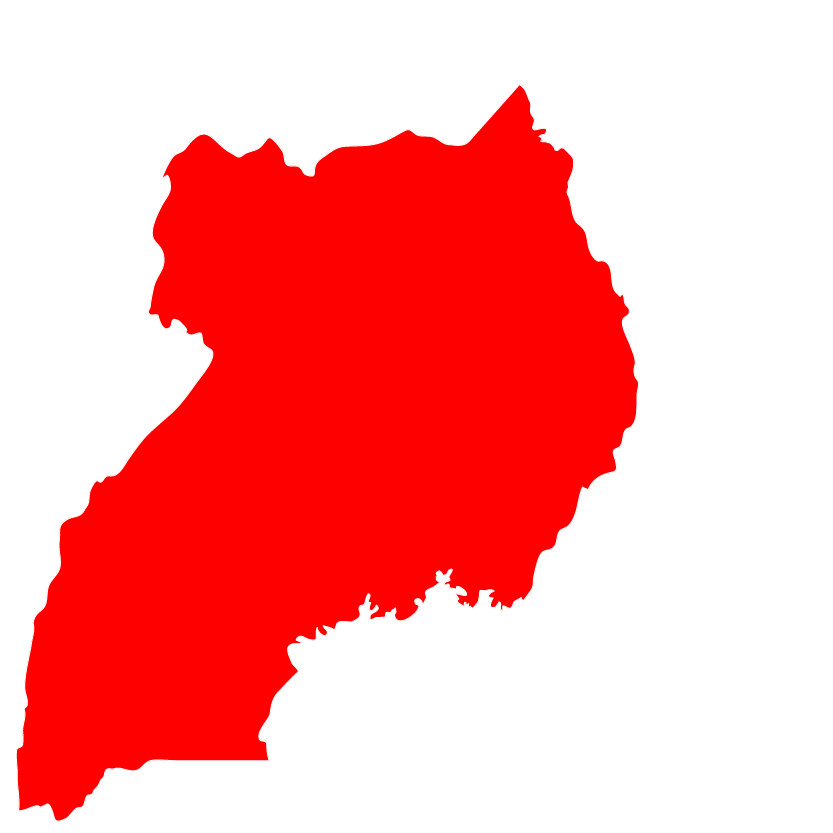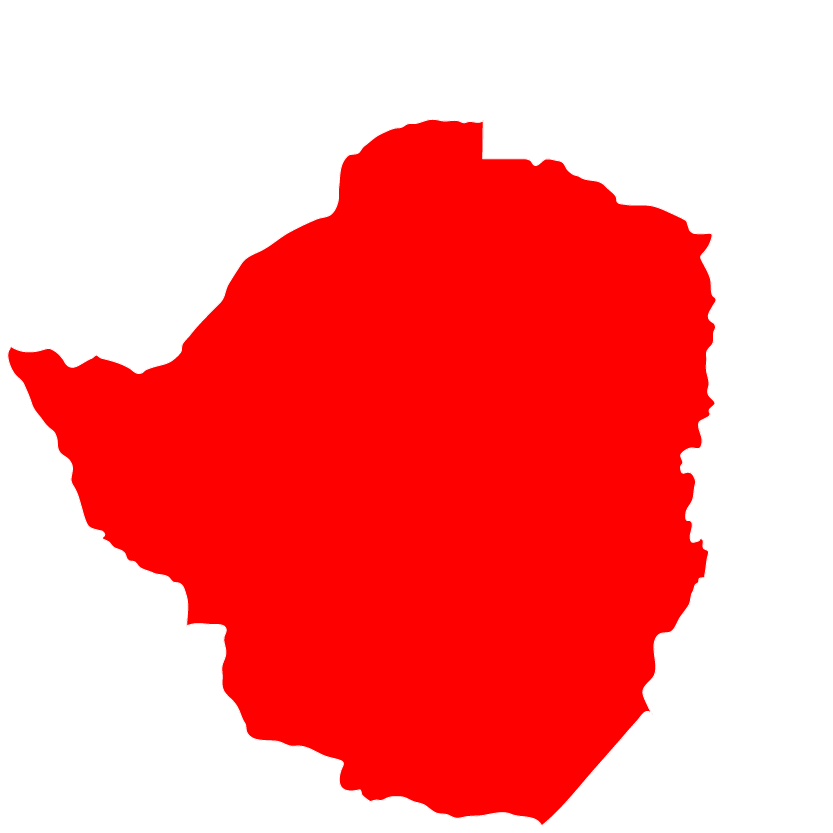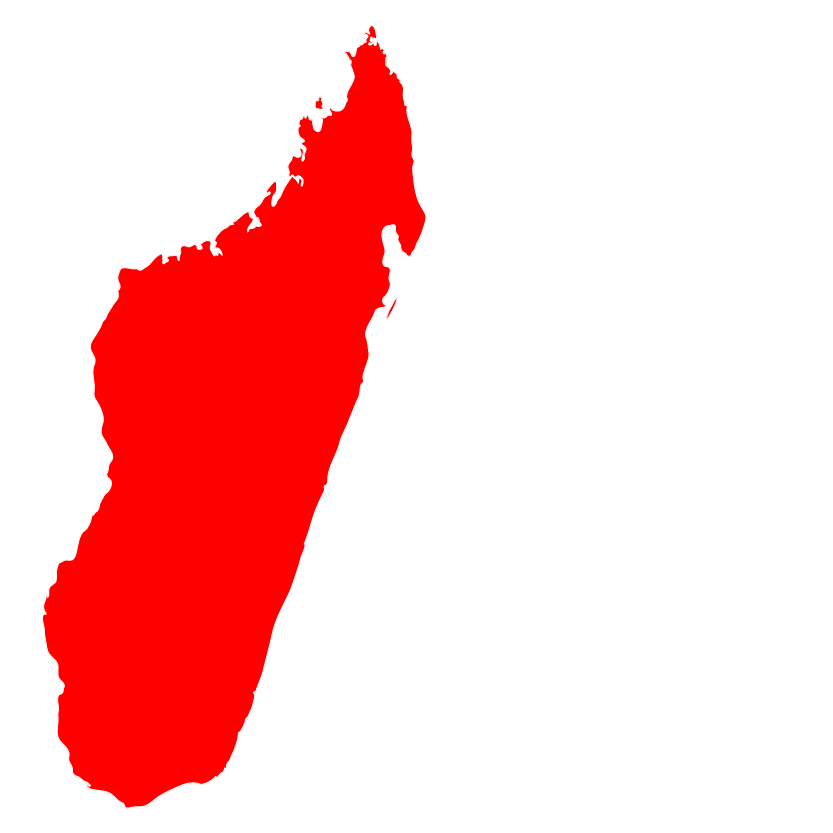Uganda: Flood Emergency – RRF No. 04/2020.

Floods and landslides in south Western Uganda have caused devastating effects. Heavy rains that saw major rivers burst their banks have displaced and affected an estimated 8,266 households who are sheltering at Schools and churches.
The overall coordination of this action will be spearheaded by ACT member, Uganda Joint Christian Council (UJCC). The response will target Pregnant and lactating women, children under five, and the Elderly with food, non-food items and shelter support.
Uganda_Floods Emergency RRF No. 04
Global: ACT Alliance Global Response to the COVID-19 Pandemic – ACT201
In just eleven weeks from January through to mid-March 2020, the outbreak of COVID-19 has progressed from a discrete outbreak in one Chinese city, to clusters of cases in many countries, through to a pandemic with most countries reporting cases, and many countries experiencing significant outbreaks. The current context in many countries is such that urban agglomerations and informal settlements have grown tremendously (e.g. Delhi, Kolkata, Dhaka, Manila, Jakarta, Johannesburg, Sao Paolo), and mega-camps have been maintained to cope with massive and protracted displacements (e.g. Darfur, Dadaab, Zaatari, Cox’s Bazar). In addition, people on the move (e.g., Venezuela, Central America, Turkey-Greece border, Syria-Turkey border, Sahel, etc.) are a major vulnerable group, with infections expected to rise exponentially when COVID-19 hits small shelters and holding/detention centers.
ACT Alliance Secretariat and members have established coordination mechanisms at the global, regional and national levels. ACT Forums/Forum Members are working on developing a Global Appeal that is largely grounded on the overall principles set out by the IASC in the Global Humanitarian Response Plan to respond to the emerging needs and aid the development and implementation of COVID-19 programs with a budget of USD 12,000,000.
COVID-19 Global ACT Appeal – updated
Annex 2 – Summary of Country Contexts and ACT Capacity
Call for Proposals – ACT COVID-19 Appeal
COVID 19 RRF Template
Summary of Approved RRF Proposals
Infographic of the appeal
Two-page summary of the appeal
Updated Call for Proposals – ACT COVID-19 Appeal
COVID 19 Appeal Template
COVID 19 Appeal Budget
Zimbabwe: Drought Emergency (ZIM201)

Erratic and poorly distributed rainfall in Zimbabwe for two years has resulted in a severe drought affecting the Provinces of Matabeleland North and South. The same eastern region is yet to recover from unprecedented flooding from Cyclones Idai and Kenneth.
Humanitarian needs include food assistance, emergency health and nutrition support, increased access to safe water and reviving the market system.
Zimbabwe’s food security situation is growing ever more precarious as millions of Zimbabweans require food assistance.
Five members from Zimbabwe ACT Forum members, Methodist Development and Relief Agency (MeDRA), Lutheran Development Services (LDS), DanChurchAid (DCA), Zimbabwe Council of Churches (ZCC) and Christian Aid (CA) have raised an appeal to respond to the drought in the sectors of Cash programs, Food assistance/Security, WASH, Climate Smart Agriculture, Emergency Preparedness and Protection.
Zimbabwe_Drought Emergency.
Madagascar :Flood Emergency (MDG 201).

Madagascar is a country particularly exposed to high impact weather phenomena and also one of the countries most impacted by cyclones in the world. This year, in January 2020 Madagascar’s West Coast has been struck by a large and long-lasting tropical depression characterized by heavy rains of up to 100 litres per m² within one hour, since the beginning of January 2020.
The floods have caused massive damage and death and the government of Madagascar on 25th January 2020, declared the floods a national emergency. The Government of Madagascar launched an appeal on January 24th to all national actors and international partners, to call for assistance to support emergency aid activities, early recovery, rehabilitation and reconstruction. In this response, the two ACT national members will target approximately 5,000 Households along the West Coast of Madagascar within the sectors of WASH, Livelihoods and unconditional cash response.
Madagascar_Flood Emergency MDG201
Philippines: Humanitarian Response to Multiple Disasters in the Philippines – PHL 201
Multiple disasters hit the Philippines in the past 4 months affecting about 5.8 million people across eight out of its 17 administrative regions. The consecutive disasters since October 2019 has overwhelmed the capacity of the government to support the affected population. From the typhoon and volcanic eruption in Luzon, followed by the strong typhoon in Visayas, and the series of earthquakes in Mindanao, the affected population had struggled to meet their basic needs such as food, restore their lost assets and much more, recover from the devastating impact of these disasters. The poorest households from marginalized and vulnerable sectors bear the heaviest brunt of these disasters.
ACT Alliance members’ National Council of Churches in the Philippines (NCCP) and World Renew (WR) will give assistance those most in need addressing food, WASH, shelter, and livelihood with an appeal budget of USD2,002,853 for one year.
PHL 201 Multiple Disasters in the Philippines Appeal
IRAQ: Multi Sectoral Support to IDPs, Refugees, Returnees and Host Communities Affected by the Conflict in Iraq- IRQ201
The humanitarian crisis in Iraq remains one of the largest and most volatile in the world. The pace of displacement over the past four and a half years is nearly without precedent with more than 5.4 million people displaced since the rise of the Islamic State (IS). The 2019 Iraq Humanitarian Response Plan (HRP) states 6.7 million people continue to be in need, and although 4.3 million people have returned to their place of origin, 1.7 million people remain internally displaced. At present 721,000 IDP’s and 241, 000 Syrian refugees reside within the Kurdistan Region of Iraq (KRI) many of whom have remained in prolonged displacement since the beginning of the Syrian conflict in 2011. In federal Iraq, Ninawa governate remains the most effected by the continued influx caused by the rise of IS. Furthermore, the current Turkish military intervention in North East Syria (NES) has caused further insecurity across the region. Critical high explosive contamination, severe infrastructure damage, psychological trauma among local populations and significant loss of livelihood opportunities continue to compound the traumatic effects of 8 years of brutal fighting.
Act members: CA, DCA, HIA and LWF plan to support 38,964 beneficiaries directly affected by the Syrian Conflict and the rise of the Islamic state in Iraq addressing shelter/NFI, WASH, Protection/Psycho-social, Livelihood/Early Recovery, emergency preparedness and mine action sectors with a budget of USD 3,720,892.
Appeal_ Iraq_Conflict-IRQ201
Syria: Humanitarian Response for People Affected by the Syrian Conflict – SYR201
On the tenth year of this protracted conflict, the situation in Syria continues to drive the largest refugee crisis in the world. The past and present hostilities compounded with the continued massive displacement of populations, remain the main drivers of humanitarian needs , causing a UN declared level three humanitarian emergency. According to recent figures from the Humanitarian Response Plan Monitoring Report , the scale, severity, and complexity of needs across Syria remain overwhelming. Of the estimated 11.7 million people in need of multi-sectorial humanitarian assistance across Syria, 5 million people are experiencing acute needs, 6.2 million people are internally displaced, and many have been displaced multiple times. Children and youth comprise more than half of the displaced, as well as half of those in need of critical humanitarian assistance.
Act members: DSPR, FCA, LWF and MECC plan to support 47,073 individual beneficiaries affected by the protracted crisis in Syria, Jordan and Lebanon addressing shelter/NFI, Food Security, WASH, Education, Protection/Psycho-social, Livelihood/Early Recovery, Health/Nutrition, and capacity building sectors with a budget of USD 4,182,603.
Appeal Syria _Conflict – SYR201
SYR201 Syria Conflict – Rev_1
Kenya: Flood Emergency Response (KEN 201).

From October to December 2019, Kenya experienced one of the wettest rainy seasons on record, with rainfall totals ranging up to 400 percent on average.
Floods and landslides in November caused the death of 132 people, displaced 17,000 people, and affected approximately 330,000 people according to relief web (Dec 2019).
Livelihoods have been negatively affected due to the loss of livestock and submerged farms. School access is hampered and collapsed latrines have caused deterioration of WASH structures.
Anglican Church of Kenya, Church World Service, World Renew, National Council of Churches of Kenya (NCCK), and ICCO- Cooperation together have raised a concept note to provide life-saving assistance to households affected by the flood emergency and support them recover from the impact of floods.
KEN201 Concept Note – Flood Emergency Response
Somalia: Emergency Response Project for Flood Affected Communities (SOM 201)

Moderate to heavy continuous Deyr seasonal rains, which started in early October 2019 in many parts of Somalia, have continued to be received across the country causing flood emergencies.
The flooding situation in Somalia has resulted in massive displacement affecting particularly children, mothers and the elderly who are now facing serious hunger, health and protection risks in an area already receiving little to no humanitarian assistance due to insecurity and conflict.
Somali Water and Land Information Management (SWALIM) estimates that floods in Middle Shabelle have damaged more than 10,000 hectares of cropland in Jowhar and Mahaday Weyne.
Assistance to the flood-affected populations is ongoing and gradually scaling up, UN clusters in Somalia have reported significant gaps regarding food assistance, emergency shelter, non-food items (NFI), safe drinking water and construction of latrines.
ACT Somalia members DKH and NCA have submitted an appeal to respond to the flood emergency.
SOM201 Emergency Response Project for Floods Affected Communities in Somalia
Indonesia: Emergency Assistance for People affected by Floods in Greater Jakarta – RRF 01/2020
The northeast monsoon brought continuous heavy rain in the greater Jakarta area that caused flooding at the start of the new year. Recorded rainfall on 1 January reached 377 mm. The weather agency, Badan Meteorologi, Klimatologi, dan Geofisika (BMKG) reported that rain may still continue for the next week. Extreme heavy rainfall may still continue until February.
Based on BNPB data on January 4, 2020, there were 53 people died, and 1 person is still in a missing condition. By 3 January there were 173,064 people (39,627 families) that were evacuated and living in temporary shelters. The floods affected 103 subdistricts and 277 villages. ASEAN Coordinating Centre for Humanitarian Assistance on disaster management (AHA Centre) reported that a significant number of people have chosen to return to their homes but still require assistance.
ACT Indonesia Forum member, Indonesia Christian Association for Health Services (PELKESI) has accessed ACT Alliance’s Rapid Response Funds to support WASH, health, and psycho-social needs.
RRFs 012020 Indonesia Jabodetabek Floods




